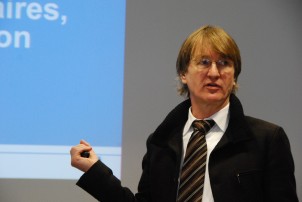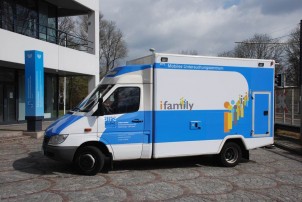Obesity: how can we change the lie of the land?
With a growing trend towards increased sedentary time, increased processed food consumption and decreased physical activity in today’s young people there is a certain inevitability about the obesity “epidemic” that is burdening health services across the world. Actually, by definition, the global obesity crisis is not really an epidemic. Obesity is a preventable condition that affects hundreds of millions of people across the world, but it is not an infectious disease that is transmitted between people.
Or, is it?
Of course, in scientific parlance, obesity can never be termed as an infectious disease. But we are naïve if we believe that our actions as individuals do not influence those in contact with us, and we are self-centred and negligent if we believe that our actions as a society do not affect future generations’ choices and challenges, particularly in the arena of health.
The built environment is one area in which I believe we, as a global society concerned about the future health of our members, can make a difference now. For instance, evidence suggests that by reducing our reliance on cars for short journeys we can potentially improve our health outcomes. By replacing short car journeys with walking, cycling, or even using public transport, physical activity levels increase. Repeat this every day and you have a pattern that contributes positively towards a healthier lifestyle. The built environment influences decisions about modes of transport, and by making active travel a more viable and appealing option for individuals at an environmental level we could begin to construct a healthier future for more than just individuals.
In I.Family we will measure people’s use of the physical environment using accelerometers and GPS receivers, and examine people’s perceptions of the neighbourhoods in which they live using detailed surveys. Combining objective measures of physical activity and location with personal accounts of the environmental barriers to becoming more active, and in such a large cohort, will contribute to a better understanding of the drivers for using active or passive modes of transport, amongst other things.
This is in no way a singular antidote to obesity. However as part of a broader discourse on societal solutions facilitating greater prospects for active travel is one example, in my opinion, of an opportunity for us as a society to take steps towards a model of disease prevention rather than cure, and effect positive changes in the lives of those around us.








